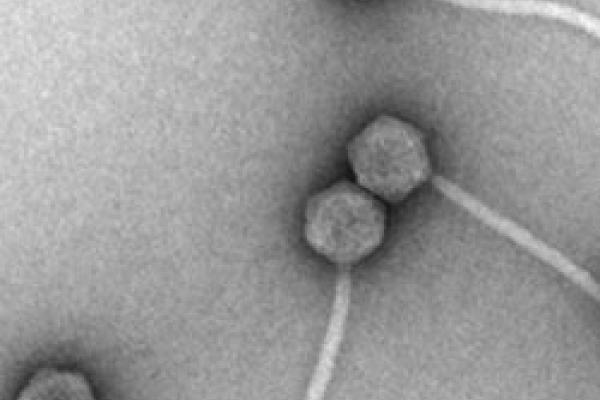Ohio State, Harvard research could help fight E. coli

By Ben Sutherly
Researchers at Ohio State and Harvard universities have fueled a scientific duel over which protein controls a biological process in E. coli crucial to keeping the bacterium from blowing itself up.
Their study, published online today in the journal Science, might help pharmaceutical companies develop antibiotics capable of killing E. coli and other potentially harmful bacteria that have become resistant to current antibiotics.
Scientists have never entirely understood the means by which E. coli transports — or flips — chains of sugars and amino acids across an inner membrane and uses them to build a protective, meshlike outer envelope. In particular, proof has been lacking about which protein is responsible for the so-called “flippase” function.
Two proteins were long thought most likely to be the one in question. Dutch scientists’ recent research done in vitro — in an artificial environment — identified the flippase as FtsW, one of the proteins.
But the Harvard-Ohio State study published today points to a third protein, called MurJ, as the flippase. Evidence that MurJ handles the transfer was found through in vivo research, or research within a living organism.
Natividad Ruiz, who is an assistant professor of microbiology at Ohio State and a study co-author, deduced that MurJ was the flippase protein as a postgraduate at Princeton University. She said MurJ has characteristics of a flippase and is related to other flippase proteins. Inhibiting MurJ resulted in the death of E. coli bacteria in as little as 10 minutes, she said.
Article Citation: Sutherly, Ben. "Ohio State, Harvard Research Could Help Fight E. Coli." The Columbus Dispatch 11 July 2014
